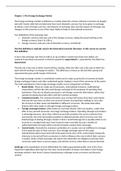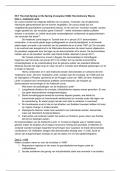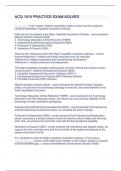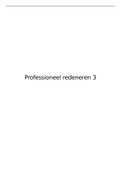Samenvatting
Summary International Money and Finance. Chapter 1, 2, 3
- Instelling
- Universiteit Van Amsterdam (UvA)
Summary of week 1 of the course International Money and Finance. Including chapter 1, 2 and 3 of the book International Finance by Keith Pilbeam and Franc Klaassen.
[Meer zien]











